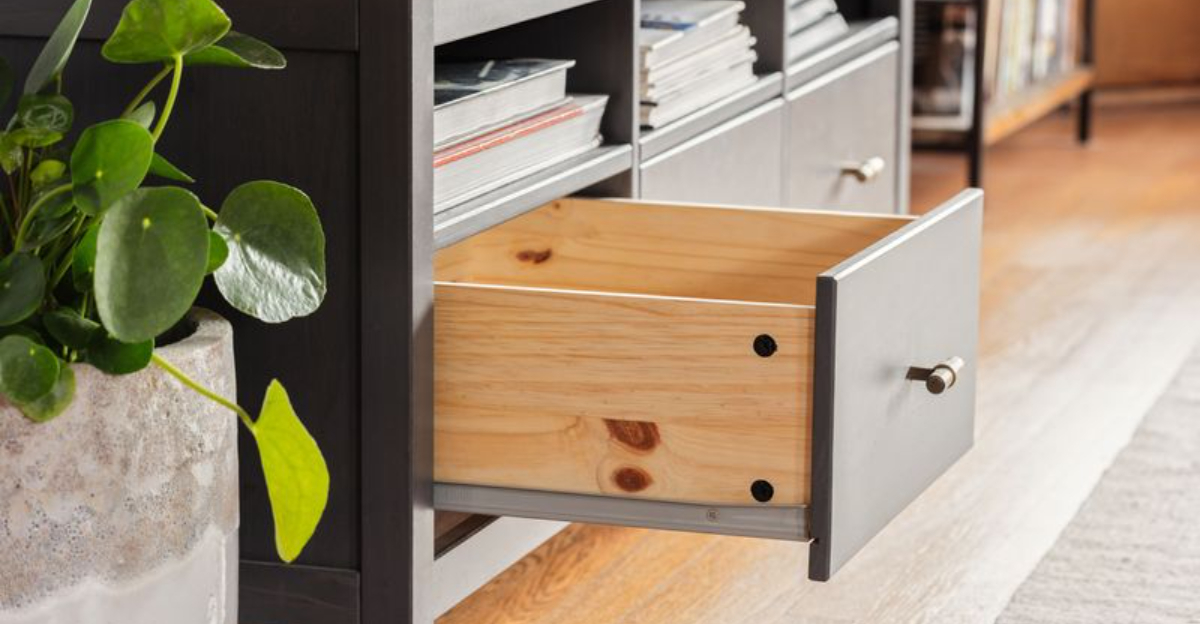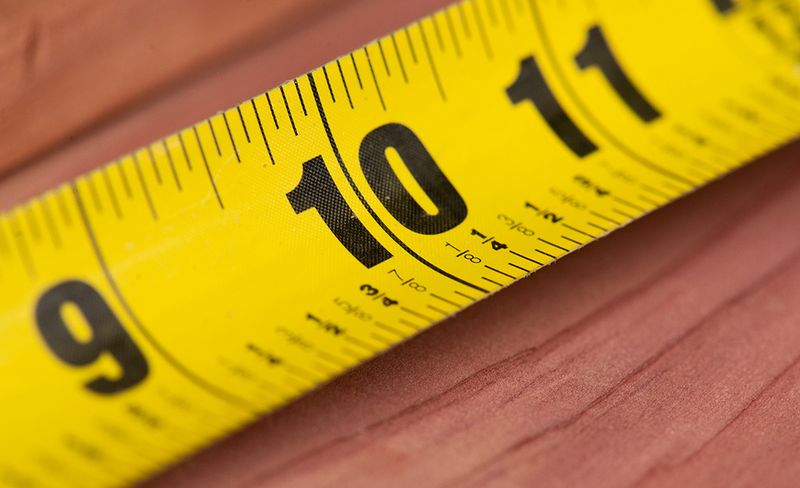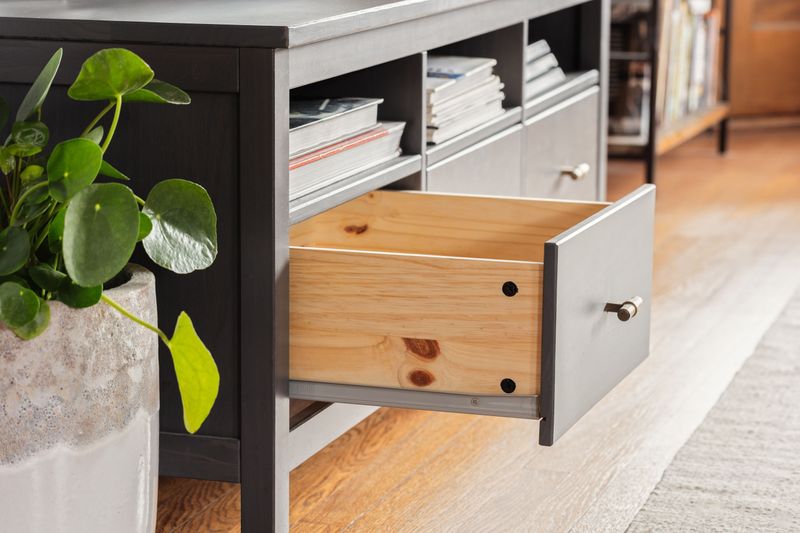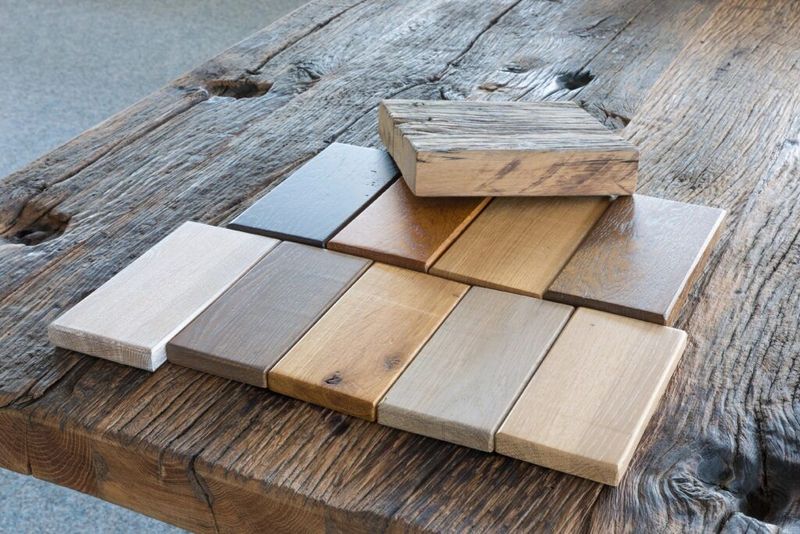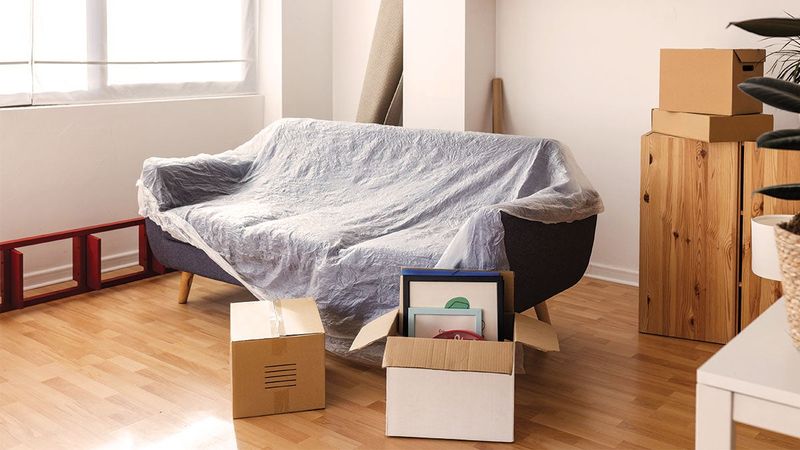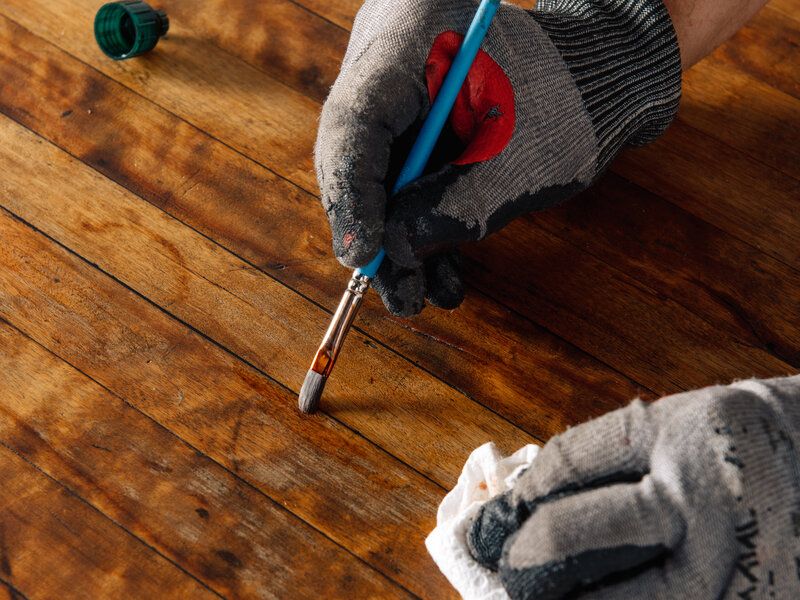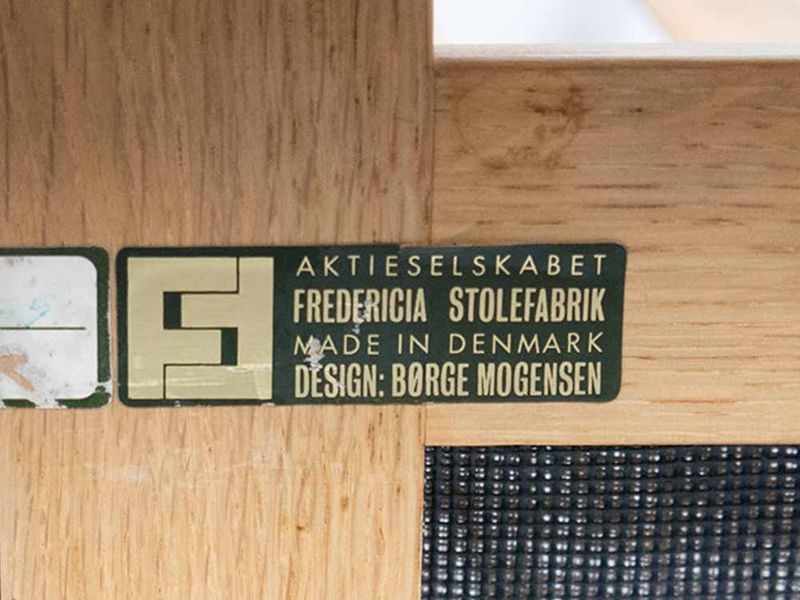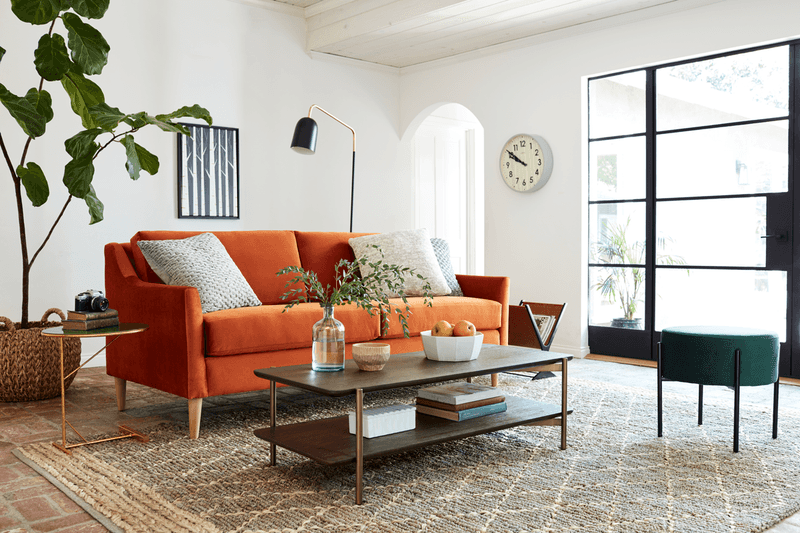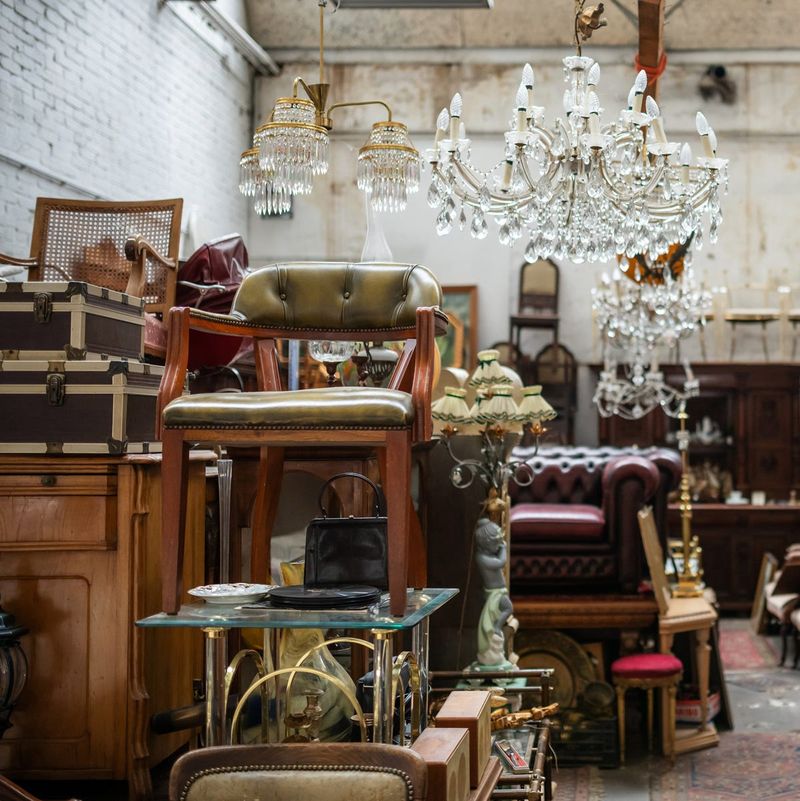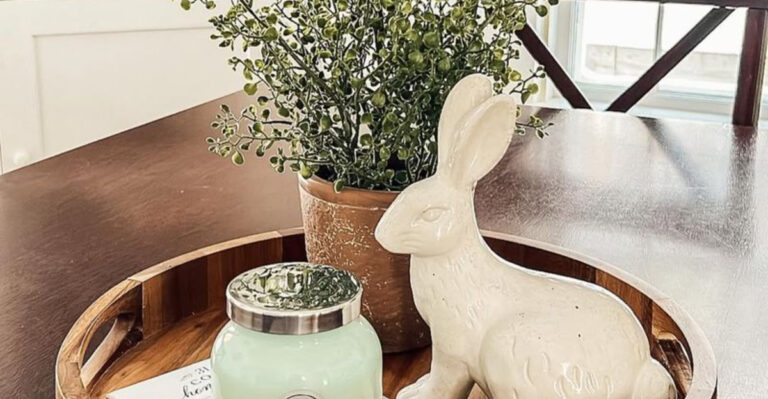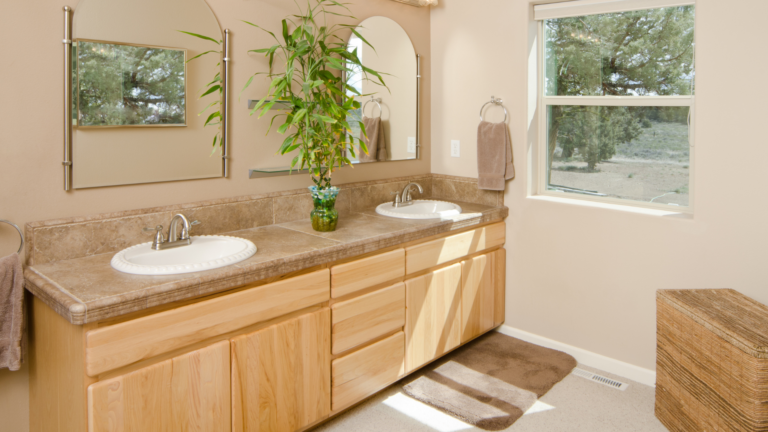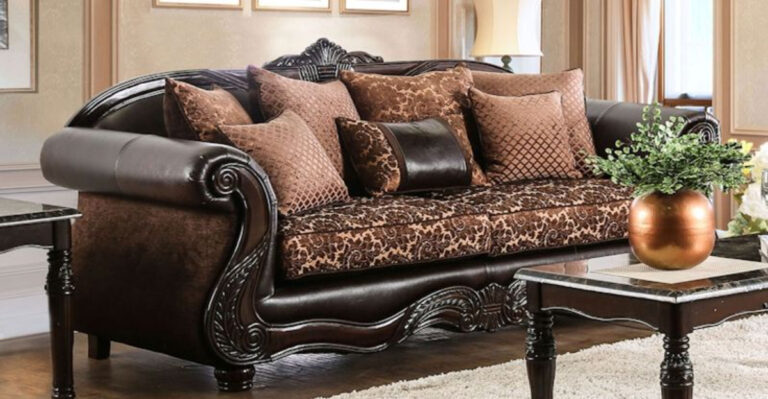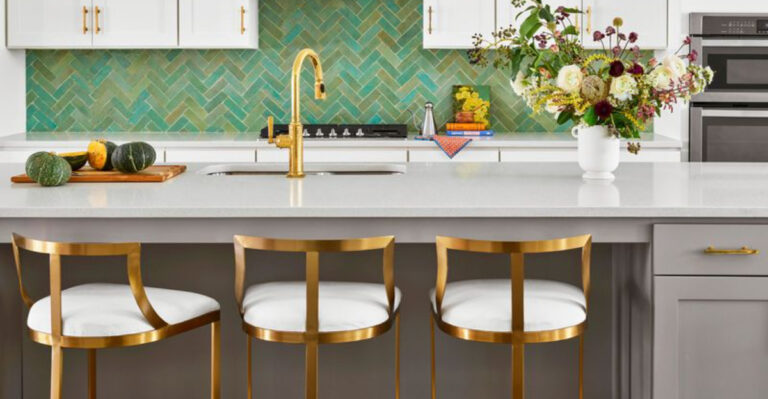15 Rules You Should Always Follow When Shopping For Used Furniture
Scoring that perfect piece of used furniture can feel like striking gold – if you know what to look for. While thrifting, estate sales, and online marketplaces can offer incredible deals, not every charming find is worth the hassle or the hidden repairs.
From spotting quality craftsmanship to avoiding common buyer regrets, there are certain rules savvy shoppers always follow to ensure they’re getting beauty and value.
Whether you’re furnishing your first apartment or hunting for a vintage statement piece, these 15 golden rules will help you shop smarter, safer, and with confidence. Ready to level up your secondhand furniture game? Let’s dive in.
1. Inspect for Structural Integrity
Never judge a piece solely by its appearance! What looks sturdy at first glance might be wobbling on its last leg. Give that chair a good shake, test those table legs, and press down on surfaces to check for unexpected movement.
Wooden joints should fit snugly together without excessive glue residue, which often indicates hasty repairs. For upholstered pieces, press firmly on arms and backs to detect broken frames hiding beneath fabric.
Remember that some minor wobbles can be fixed, but structural failures usually spell doom for your furniture’s future in your home.
2. Check for Pest Infestations
Your dream credenza could be harboring unwelcome guests! Tiny holes, sawdust trails, or unusual spotting might indicate beetles, termites, or other wood-boring insects have made themselves at home in your potential purchase.
Flip cushions and examine seams closely – bedbugs leave behind small black spots and tiny yellowish eggs. A quick sniff test can also reveal musty odors associated with pest problems or mold growth.
Being vigilant about pests isn’t being paranoid – it’s protecting your existing furniture from an infestation that could spread throughout your home.
3. Measure Twice, Buy Once
Falling in love with a gorgeous sectional only to discover it won’t fit through your doorway is heartbreaking! Always carry a measuring tape and know your space dimensions before shopping.
Smart shoppers measure not just the intended spot but also doorways, hallways, stairwells, and elevators that furniture must navigate to reach its destination. Those three inches you thought wouldn’t matter suddenly become crucial when your sofa is stuck halfway up the stairs.
Sketch a quick floor plan on your phone with measurements to reference while browsing – your future self will thank you!
4. Test All Moving Parts
Imagine discovering your “perfect” dresser has drawers that stick shut after you’ve already lugged it home! Before committing to any piece with moving components, put them through their paces.
Open and close every drawer, test cabinet doors, extend table leaves, and check reclining mechanisms. Pay attention to how smoothly things operate – jerky movements or unusual resistance often indicates hidden damage or wear that could worsen over time.
For mechanical furniture like reclining chairs or adjustable tables, cycle through all positions several times to ensure consistent functionality throughout the range of motion.
5. Research Fair Market Value
Knowledge is bargaining power! Before hitting the secondhand circuit, familiarize yourself with typical pricing for the items you’re seeking. Online marketplaces, auction results, and furniture resale apps can provide valuable benchmarks.
Vintage or designer pieces often command premium prices, but verify authenticity before paying extra. For everyday furniture, condition should heavily influence price – a scratched table shouldn’t cost nearly as much as a pristine one.
Savvy shoppers keep a price reference list on their phones, allowing quick comparisons while browsing to determine if that “amazing deal” is actually overpriced.
6. Consider Restoration Requirements
That bargain-priced antique might not be such a deal once you factor in restoration costs! Be realistic about your skills, budget, and timeline before purchasing pieces needing significant work.
Minor scratches and loose joints are typically manageable DIY fixes. However, extensive veneer damage, upholstery replacement, or structural repairs often require professional intervention that can quickly exceed the furniture’s value.
Ask yourself: is this purchase truly worth the investment of time and money required to make it functional and beautiful? Sometimes the perfect piece is the one that’s ready to use right away.
7. Investigate the Seller’s Reputation
Who you buy from matters almost as much as what you buy! Established dealers typically offer some guarantee of quality and may stand behind their merchandise if issues arise. Check online reviews and ask about return policies before purchasing.
For private sellers, ask questions about the furniture’s history, why they’re selling, and how long they’ve owned it. Hesitation or vague answers might signal hidden problems or questionable origins.
Trust your instincts – if something feels off about the seller or their story doesn’t quite add up, walking away is always the safest choice regardless of how perfect the piece seems.
8. Understand Wood Types and Quality
All wood is not created equal! Learning to distinguish between solid hardwood, softwood, veneer, and engineered wood products dramatically impacts your purchasing decisions.
Solid hardwoods like oak, maple, and walnut generally offer superior durability and refinishing potential compared to pine or poplar softwoods. Veneered pieces (thin wood layers over cheaper cores) can be beautiful but require gentler handling and limit refinishing options.
Check hidden areas like drawer sides or bottom edges—these often reveal the true materials used throughout the piece rather than just the visible surfaces that might feature higher-quality woods.
9. Plan Your Transportation Strategy
Finding the perfect piece means nothing if you can’t get it home! Before shopping, have a transportation plan ready – whether that’s your own vehicle, a friend’s truck, or delivery service contacts.
Measure your vehicle’s cargo space and door openings beforehand to know what will fit. For larger items, research local delivery services and their rates so you can factor these costs into your budget and decision-making process.
Always bring furniture blankets, straps, and padding materials when picking up purchases—even short trips can damage unprotected pieces, especially those with delicate finishes or protruding elements.
10. Bring Essential Tools
Savvy secondhand shoppers arrive prepared! Pack a small bag with furniture-shopping essentials: measuring tape, flashlight, magnifying glass, mirror on an extendable handle, and cotton gloves to protect hands while examining rough areas.
A small notebook or smartphone app helps track measurements and details of multiple pieces when comparison shopping. Consider bringing paint swatches or fabric samples from your home to check compatibility with potential purchases.
Don’t forget practical items like hand sanitizer (used furniture can be dusty!), water, and snacks—thorough furniture hunting often takes longer than expected as you visit multiple locations.
11. Research Restoration Techniques First
Impulse-buying that “easy fix” often leads to project purgatory! Before purchasing pieces needing work, research specific restoration requirements for that furniture type. Different woods, finishes, and construction methods require specialized approaches.
Watch tutorial videos or consult restoration forums about similar projects to gauge the skill level, time commitment, and special tools needed. What professionals make look easy in a 5-minute video might actually require specialized equipment and years of experience.
12. Verify Authenticity of Designer Pieces
That “Eames chair” might just be an impressive knockoff! When purchasing supposedly designer or valuable vintage pieces, do your homework on authentication markers. Most legitimate designer furniture includes specific labels, stamps, or distinctive construction elements.
Research typical materials, joinery methods, and dimensions of authentic pieces before shopping. Photos from auction houses or manufacturer archives provide reliable reference points for comparison.
For significant investments, consider consulting an appraiser or bringing along a knowledgeable friend—the extra cost or effort pales compared to overpaying for reproduction pieces mistakenly represented as originals.
13. Consider Furniture Scale and Proportion
A gorgeous piece in the wrong size can throw off your entire room! Beyond basic measurements, consider the visual weight and proportions of furniture in relation to your space and existing pieces.
Oversized furniture overwhelms small rooms regardless of physical fit, while undersized pieces can look awkward and insufficient in larger spaces. Take photos of your room to reference while shopping, helping visualize how new additions will balance with existing elements.
Remember that furniture height relationships matter too—coffee tables should relate properly to sofa heights, dining chairs to table clearance, and bedside tables to mattress heights for both function and visual harmony.
14. Examine Finish Condition Carefully
Looking beyond obvious scratches reveals the true state of wood finishes! Hold pieces at different angles to catch light reflecting off surfaces – this highlights condition issues that straight-on viewing might miss.
Check for blotchy areas, clouding, or white rings indicating water damage. Crazing (fine finish cracks) and alligatoring (larger finish separation) suggest age but also potential refinishing needs. Run your fingers lightly over surfaces feeling for sticky spots that signal deteriorating finishes.
Remember that some patina adds character and value to antiques, while other finish issues require intervention—knowing the difference comes with experience and research about specific furniture types.
15. Trust Your Instincts
Sometimes that little voice in your head knows best! If something feels off about a piece despite everything seemingly checking out, there’s usually a reason for your hesitation.
Conversely, when you find yourself thinking about a piece days after seeing it, that’s often a sign it’s truly right for you. The strongest furniture connections combine practical considerations with emotional response—both matter in creating a home you love.
Give yourself permission to walk away from “almost perfect” finds. Patience usually rewards secondhand shoppers with pieces that require fewer compromises and generate more lasting satisfaction.

